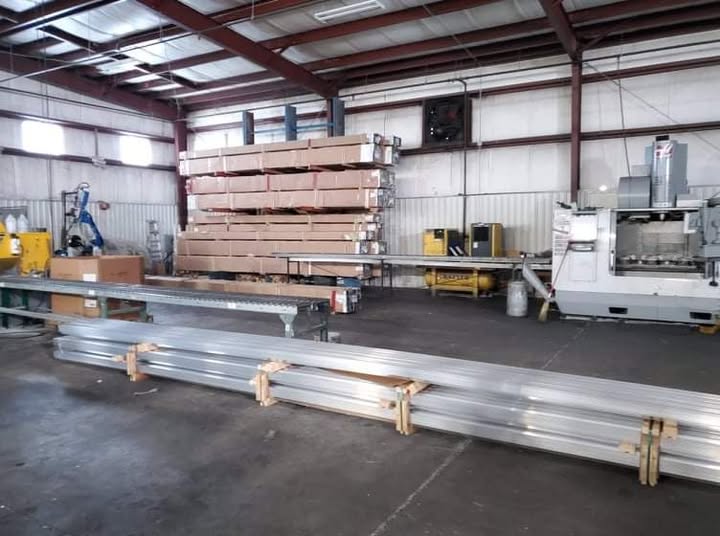When an aluminum extrusion emerges from the press, it’s rarely a finished product. To meet the exacting demands of industries like automotive, construction, and aerospace, these raw profiles must undergo specialized fabrication and assembly processes. This article dives into how these critical steps convert basic aluminum extrusions into precision components tailored for their end-use applications.
Why Fabrication & Assembly Are Essential
Aluminum extrusions are prized for their lightweight strength and versatility, but post-press processing unlocks their full potential. Key reasons include:
- Functional Customization: Adding holes, slots, or threads for assembly.
- Enhanced Durability: Surface treatments like anodizing or powder coating.
- Precision Fit: Cutting and machining to exact specifications.
- Seamless Integration: Joining multiple extrusions into complex structures.
Without these processes, extrusions lack the precision and functionality needed for real-world applications.
Key Fabrication & Assembly Processes
- Cutting to Length
- Extrusions are trimmed using CNC saws or lasers for precise dimensions.
- Machining
- CNC mills and drills create grooves, holes, or channels for bolts, wiring, or airflow.
- Surface Finishing
- Anodizing, polishing, or coatings improve corrosion resistance and aesthetics.
- Assembly
- Welding, riveting, or adhesive bonding combines parts into finished products (e.g., window frames, vehicle chassis).
Benefits of Fabricated Aluminum Extrusions
- Lightweight Strength: Ideal for applications requiring durability without added weight.
- Design Flexibility: Customizable for niche uses, from solar panels to medical devices.
- Cost Efficiency: Reduced waste and faster production with automated processes.
- Sustainability: Aluminum is 100% recyclable, even after fabrication.
FAQs About Fabrication & Assembly of Aluminum Extrusions
Q: Why can’t aluminum extrusions be used straight from the press?
A: Raw profiles lack functional features (e.g., holes, finishes) needed for assembly or performance.
Q: What industries rely on fabricated aluminum extrusions?
A: Automotive, aerospace, renewable energy, electronics, and architecture.
Q: How does surface treatment improve extruded aluminum?
A: Processes like anodizing boost corrosion resistance, while powder coating adds color and texture.
Q: Are fabricated aluminum extrusions eco-friendly?
A: Yes! Aluminum retains its properties after recycling, making it a sustainable choice.
Conclusion
Fabrication and assembly are the unsung heroes that elevate raw aluminum extrusions into high-performance components. By refining profiles through cutting, machining, and finishing, manufacturers deliver solutions that meet strict industry standards while offering unmatched versatility. Whether for sleek architectural designs or rugged industrial machinery, these processes ensure aluminum extrusions perform flawlessly in their intended roles.



